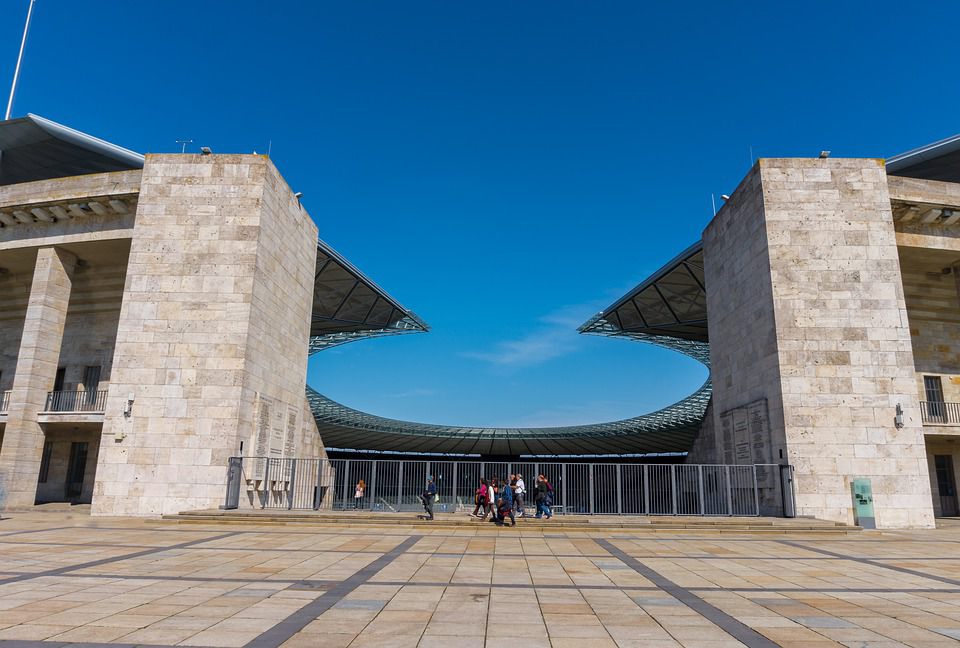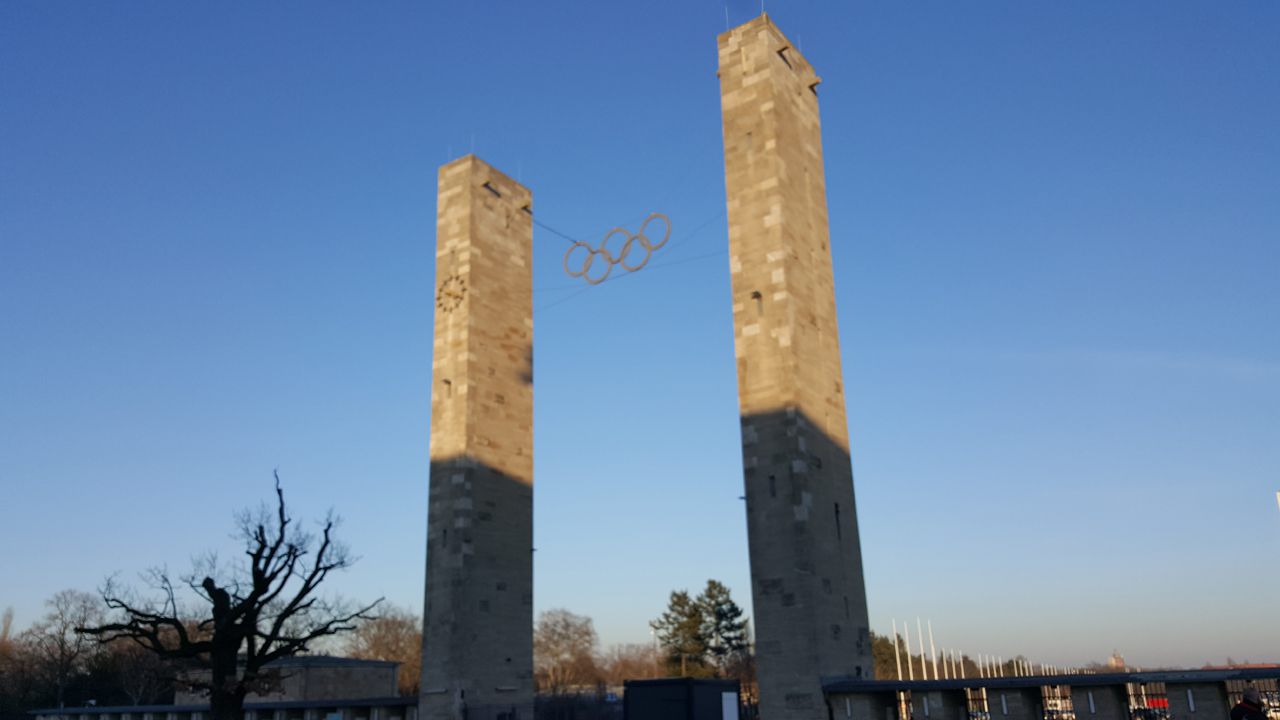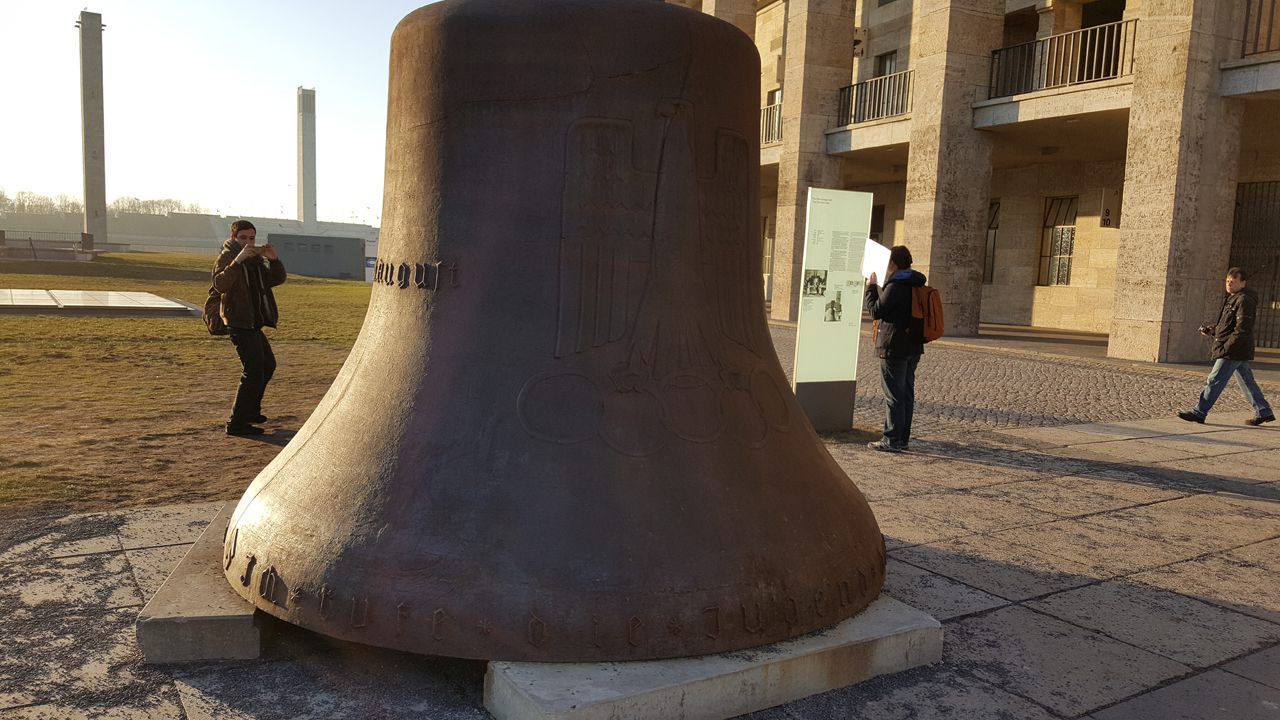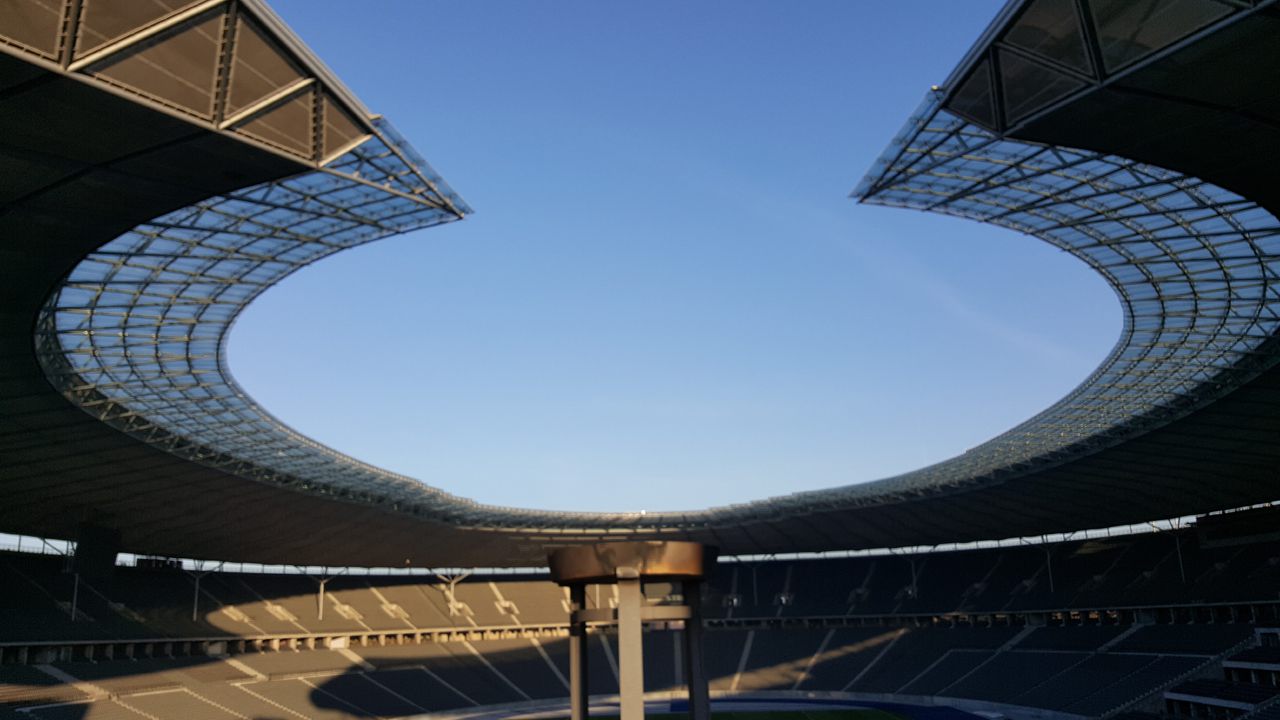Other Sights
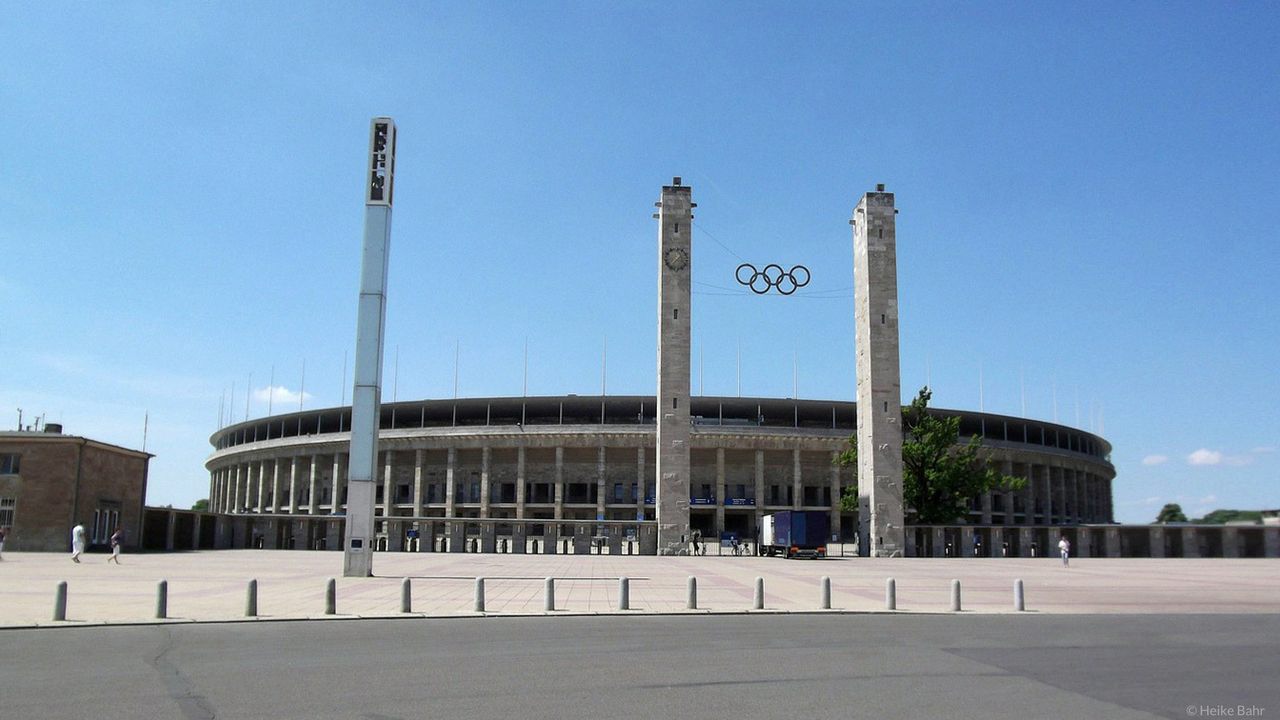
Olympic Stadium in Berlin
With its reopening in 2004, the Berlin Olympic Stadium became a must-see for visitors. This architectural marvel combines history and modernity, offering a glimpse into its fascinating past from the 1920s to today. As the home of Hertha BSC, the iconic blue track greets you as you enter. For a more exclusive experience, join a professional guide for a 60- to 75-minute behind-the-scenes tour of this five-star stadium, exploring areas not open to the public.
Olympic Stadium in Berlin
Location & Sights nearby
Located in Berlin's Westend district, the Olympic Stadium is well-connected to other attractions. From here, you can easily visit the Grunewald forest and the iconic Teufelsberg or explore Charlottenburg Palace in the neighboring district. Train enthusiasts should consider the nearby U-Bahn Museum for a unique experience.
History of the Olympic Stadium
The German Stadium (1909–1916)
The original "German Stadium," designed by Otto March, opened on May 23, 1909, with a capacity for 40,000 spectators. After Berlin won the bid for the 1916 Olympics, construction began in 1912. The stadium was completed in just 200 days in May 1913, but World War I abruptly halted its purpose as a sports venue.
German Sports Forum (1917–1929)
From 1920, the German University of Physical Education brought new life to the area. By 1925, the expanded site was renamed the "German Sports Forum," thanks to the designs by Werner and Walter March. Unfortunately, the economic crisis of the late 1920s crushed further development plans.
The Reich Sports Field (1930–1936)
In 1931, Berlin was awarded the 1936 Olympics, prompting plans for a new stadium. After Hitler's rise to power, construction took on nationalistic significance. By 1936, the new Olympic Stadium, designed by Werner March, opened, featuring a ceremonial square, a bell tower, and a swimming arena.
The 1936 Summer Olympics
On August 1, 1936, Berlin hosted the XI Olympic Games, showcasing over 3,900 athletes from 49 nations. The games remain a historic event, shadowed by the political undertones of the time.
World War II (1937–1945)
During the war, the site was repurposed for military use, housing munitions, shelters, and other facilities. Despite the destruction, the swimming stadium survived and briefly reopened to the public in 1945 before being claimed by British forces.
Post-War Era and Modern Renovation
After the war, the stadium hosted events like the 1946 "Eight-Nation Sports Festival." In 1966, it was designated a historic monument, and its facilities were modernized over the years. In 2000, major renovations transformed the venue into a state-of-the-art facility, culminating in its 2004 reopening. The stadium later earned UEFA’s "Five-Star Stadium" rating in 2005.
Highlights and Events
Today, the Olympic Stadium is a premier venue for sports, concerts, and cultural events. It hosted the 2006 FIFA World Cup Final and the 2009 World Athletics Championships, among other high-profile events.
Address, opening hours...
Address: Olympischer Platz 3, 14053 Berlin
Opening Hours: January–March: 10 AM–4 PM, April–October: 9 AM–7 PM, August: 9 AM–8 PM
Transport: U2 to Olympiastadion Station
Admission: €11 (Reduced: €8)
Weather
At a glance
Impressions
All offers at a glance.
With the best tips for Berlin at Welcome to Berlin


